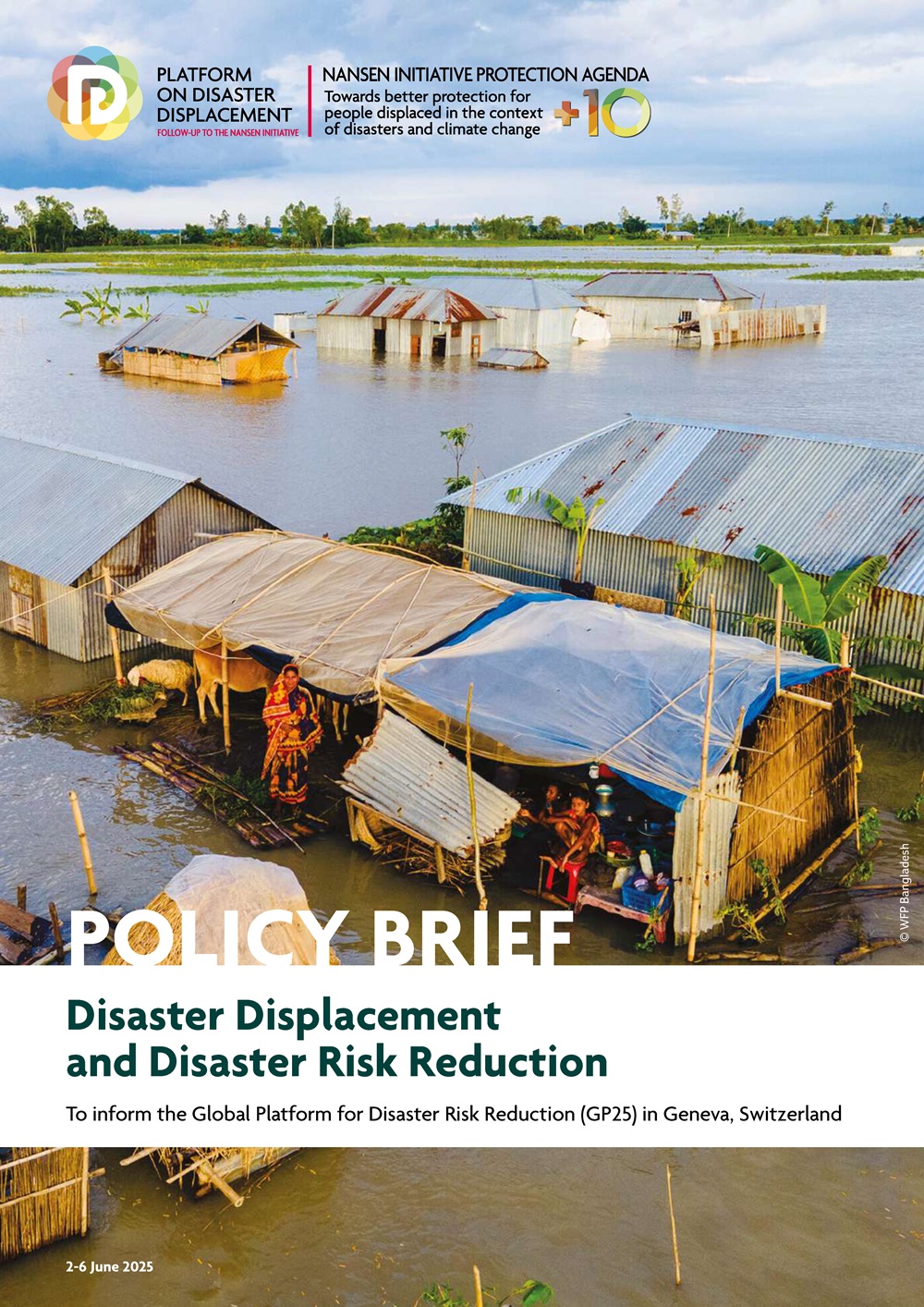Charting a New Regional Course of Action: The Complex Motivations and Costs of Central American Migration
The movement of Central Americans toward the United States has shaped the migration landscape in the region for decades. Yet, changes over the past five years in the volume and characteristics of those on the move have drawn an unprecedented level of attention from regional governments seeking to reduce irregular migration. Since 2018, the region has also witnessed larger and more frequent mass movements, including those composed of significant shares of families and unaccompanied children, primarily bound for the United States and motivated by a mix of employment opportunities, family reunification, and humanitarian protection needs.
At the same time, there has been renewed political interest in countries stretching from Panama to Canada in collaboratively addressing the unabating root causes of migration and displacement. This has led to the advancement of regional frameworks that seek to promote safe, orderly, and regular migration with the goal of benefiting migrants and origin and destination communities alike, while contributing to sustainable development and making migration an option but not the only resort to escape adverse conditions. If this interest can be leveraged and translated into action, governments in the region have a unique and timely opportunity to shift from an enforcement-centered strategy to a more multifaceted migration management system rooted in cooperation.
This report—a collaboration between the Migration Policy Institute (MPI), UN World Food Programme (WFP), and Civic Data Design Lab at the Massachusetts Institute of Technology (MIT)—explores the factors that drive people in El Salvador, Guatemala, and Honduras to consider and decide to migrate irregularly or regularly, as well as the costs and economic implications of migration for households and communities throughout the region. The report captures a snapshot of migration decision-making processes in this period and makes a compelling case for future research to document changes in migration desires and motivations.
The recommendations contained within the report can be easily accessed through the dedicated web portal.




